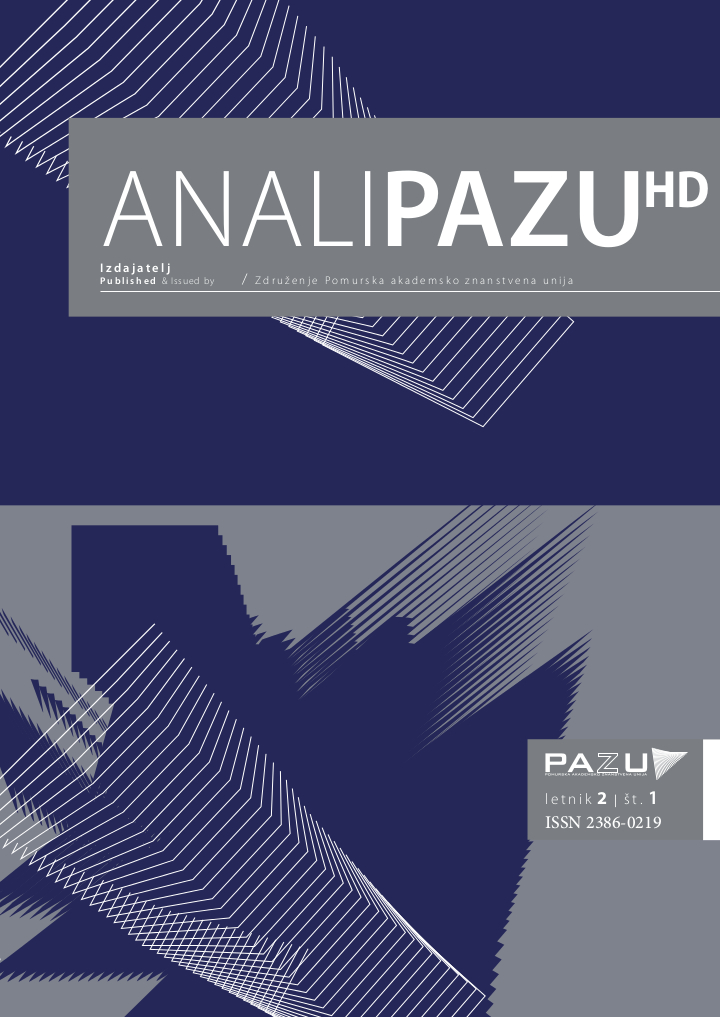On Zdenko Huzjan's Homunculus
Abstract
With his paintings, Zdenko Huzjan follows and puts himself on the map of the modernism which focuses primarily on the human figure and the state of mind after or before the world’s biggest cataclysms: Jean Fautrier, Alberto Giacometti, Germaine Richier and of course Francis Bacon. Marij Pregelj, Gabrijel Stupica, Janez Bernik and Zoran Mušič are some of the Slovene artists that are similar to Huzjan. Death is closely linked to anxiety, reflected in the life of Huzjan’s homunculi. However, this anxiety is not existential. Huzjan’s creature – the homunculus, represents the syncretism of various images: cephalopods, as drawn by three year old children, human skulls, self-images, shapes of his own skull and similar local Lendava curiosities, the mummified corpse of captain Mihael Hadik, whose image both inspired and frightened the painter in his childhood. Hadik’s corpse is not a real mummy, because it was not created on purpose; it has been preserved so well due to being sunken in the swamp mud for a longer period of time. This form of Huzjan’s creatures has completely different referential points; related in meaning to sculptures that were found in 1976 at the archaeological dig site Lepenski vir, the charred corpses of the Pompeians, Herculaneum and Hiroshima, as well as special specimens from various cabinets of medical curiosities. Huzjan’s images are images that repeatedly return to our world. These images do not belong to this world, yet they are not completely gone. They are images lost in spacelesnees of the okra skies, showing portrait characteristics, characteristics also present in death masks.
